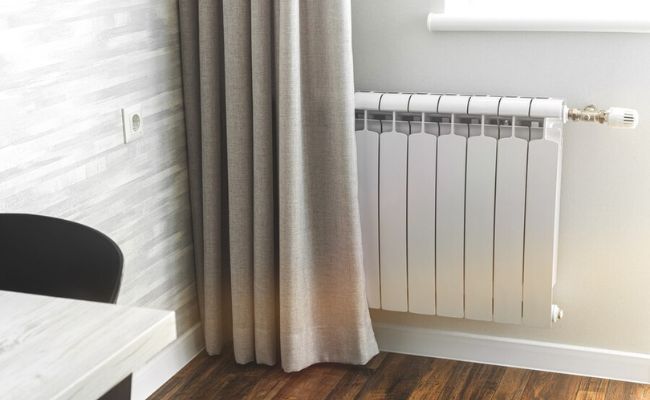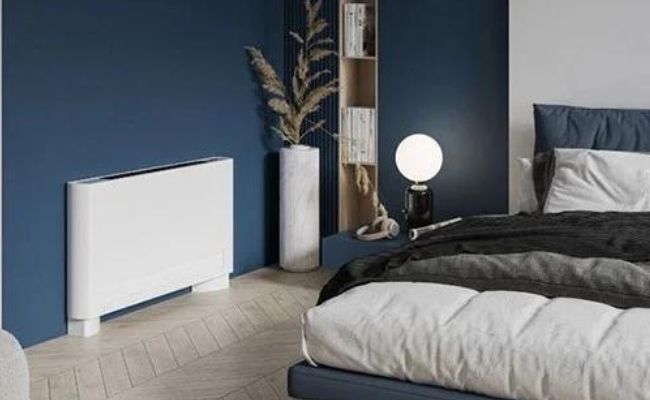Radiators








A very important and crucial part of a central heating system are the radiators because they transfer the heat from the source (boiler, heat pump etc.) to the rooms. Their working principle is based on fluid circulation in the radiator. Heated fluid enters the radiator from a piping system and when it cools it gives off the heat in the room.
There are two main types of radiators:
Main classification of radiators is based on the material they are made of.
Steel radiators keep warm and give off heat for long periods of time. They are made using cold rolled steel that is highly durable and corrosion resistant. This makes steel radiators reliable and with long working life. They work both on the radiation and convection principle and can have thermal regulators installed to automatically set desired temperature in the separate rooms. Their main disadvantage is that even with small mechanical impacts the protective layer can be damaged. They are recommended for local closed systems where the heat carrier quality is controlled.

Made completely out of aluminium which is light and pliable material that allows fast and cheap manufacturing as well as easy transport and installation. Aluminium reacts quickly to temperature changes which means that it has very high thermal conductivity. Aluminium radiators are heated fast but they also cool down fast. The material allows them to be covered with a protective layer and powder coated in different colours (even though white is the most commonly used colour). This type of radiator has very high heating capacity even in small size. They are not recommended for large central heating systems due to the bad quality of the heat carrier (high acidity, rust and particles). This can lead to electrochemical corrosion.

A fan coil radiators consists of a heat exchanger, one or more fans, and a control system that manages the operation of the fans. Due to their specific construction, they have the fastest heat dissipation among all types of radiators. Additionally, fan coil radiators offer the most flexible installation options. In addition to models with a decorative casing (suitable for floor or wall installation), there are also units designed for in-wall or ceiling installation. Their relatively high cost is offset by their very high efficiency (one fan coil radiators can replace two to three conventional radiators).

Modern towel radiators are one of the most preferred methods for heating bathrooms. Thanks to them, every shower becomes a true pleasure. Another advantage of this type of heating is that it prevents mold growth in the bathroom by reducing humidity in the room.